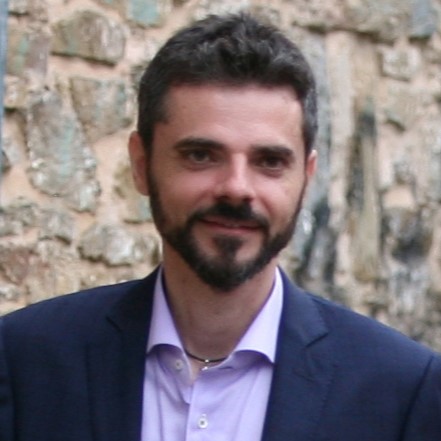A smooth integration of conceptual modeling, knowledge graph engineering, and logical reasoning – The case of multi-vehicle route optimization satisfying spatio-temporal and domain-specific constraints
As Artificial Intelligence (AI) is redefining enterprises at many different levels, new challenges in bringing applications into production arise, involving among others an intense need for clear, human-interpretable, and trustworthy models. Knowledge graphs coupled with formal models for decision-making have a central role to play towards this end. Knowledge graphs offer a semantic manifestation of domain knowledge and requirements, enabling transparent representation and access to the underlying business knowledge; in a sense, they form a network of linked business objects that can be seen as a digital twin of an enterprise or its parts. At the same time, formal tools for decision support enable decision-makers to analyze complex situations and choose solutions based on a solid understanding of the parameters involved.
Supporting the whole process through intuitive conceptual modeling tools helps bridging the gap between high-level knowledge and low-level data and services, making the models both human-interpretable and machine-processable. In this lecture, we will explore the coupling of tools for conceptual modeling, knowledge graph engineering, and logical inferencing, by means of the popular, yet complex scenario of multi-vehicle route optimization, which involves the satisfaction and tuning of diverse types of constraints and parameters.
Lecture at NEMO2024
Date/Time: Monday, July 22, 2024 at 15:00


